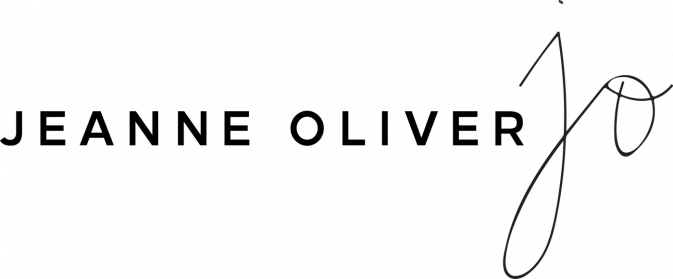Supply List
- Color Xeroxes or laser prints: minimum of 10, print these at home using your laser printer or make prints/photocopies at any FedEx or UPS store. Inkjet prints will not give you the same result
- Paper: Newsprint (any size, I use 9×12), Mixed media paper
- Raw canvas / Muslin
- (I chose raw canvas and a linen type fabric because they were on hand. You can also use a canvas panel or a wood board or anything that can handle immersion in water. Links below from Amazon, you may find this cheaper at your local art or sewing store)
- Transfer paper – this is the basis of one of the lessons, but you could always draw your portrait freehanded and follow the lesson from there
- Needle and Thread – if you don’t have these already, this is a great starter kit
- Water soluble drawing mediums such as:
- Charcoal
- Crayon or pencil – any kind of water soluble crayon OR pencil will do the trick. I only use a few Neocolors, so if you don’t want to purchase the whole set, they can be bought individually through Amazon, or at your local art shop
- Sharpie or other marker(s)
- Gel pen – any kind will do
- Alcohol Ink – again, I only use a couple of colors, these can be bought individually at your local art shop
- Acrylic Ink – you could use paint or markers instead for this particular lesson
- Acrylic paint, at least one tube of a pale color
- Additional colors in smaller tubes / amounts in your color palette
- Gesso – I use a very small amount, white / other colored acrylic paint would do the trick
- Rubbing alcohol or Tim Holtz alcohol solution (not necessary but fun)
- Gouache (acrylics can also be used in their place, would just need to be watered down)
- Adhesive (I used Mod Podge OR matte gel medium – use what you have on hand!)
- Kitchen sink *or* disposable baking pan like this. Needs to be about 8×8
- Dishwashing gloves (I do not use these in Lesson 10 but believe me they will come in handy!)
- Sponge with a scrubby side and / or old toothbrush
- Linseed Oil – you can live without this, but it is a fun addition
- Acetone – barely used, you can live without, but fun to explore
- Paintbrushes – size small, and beyond according to your preferences. Link here is a starter kit
- Sponge brushes – Medium for spreading paint and adhesive. Can be bought individually at local art shop. A paintbrush or spatula would work here, too
- Sandpaper – not necessary, but fun to play with
- Masking tape – barely used in demo
- Awl and / or xacto knife, suggested for texture making in wet paint, anything sharp would work just fine
- Scissors – for cutting paper and fabric. I use paper cutting scissors on fabric to get started and tear the rest, so no need to invest in cloth shears
Disclosure of Material Connection: Some or all of the links in this supply list are affiliate links. This means if you click on the link and purchase the item, we will receive an affiliate commission and we are disclosing this in accordance with the Federal Trade Commission’s 16 CFR, Part 255: Guides Concerning the Use of Endorsements and Testimonials in Advertising. Please note that we only share the supplies listed by the teacher in this course. As always, our heart is to encourage you to use what you already have and, when we suggest products, we only share supplies that we use and endorse.
Login
Accessing this course requires a login. Please enter your credentials below!

